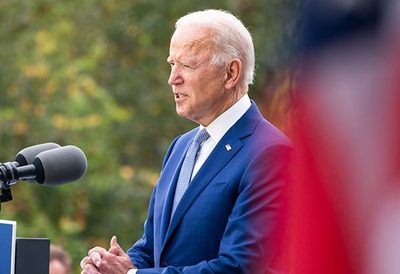By NASSER SHARIF
February 3, 2010
President, Southern California Society for Democracy in Iran, political and human-rights activist
http://www.ocregister.com/opinion/regime-232470-pmoi-iran.html
When Iranians poured into the streets of major cities to protest the fraudulent June 2009 presidential elections, many thought the protests
would subside in a matter of days. Eight months later, not only were the protesters still out in force, but the focus of the protests has shifted
to regime change.
On Feb. 11, the anniversary of the 1979 Islamic revolution, the people are planning yet another major protest, prompting more pre-emptive
arrests by the regime. But greater brutality by the clerical rulers simply begets greater popular determination to unseat the entire clerical regime.
On Dec. 27, thousands of young Iranians risked death and braved bullets to take down posters of the regime’s Supreme Leader, Ali Khamenei.
Those protests rang the death knell for the regime.
As the Iranian people’s democratic struggle deepens and expands, many in Washington are debating what an effective American response
should look like. For Washington, this is a major opportunity to diminish Tehran’s threats.
Back in the 1970s, the United States supported the shah’s dictatorship and practically ignored the rising tide of popular protests. As bad as
that policy was, however, at least the shah and the U.S. were mutually supporting each other. What about a hostile fundamentalist regime that
supports terrorism, funds the killing of American soldiers in Iraq and is developing nuclear weapons? Even now Washington seemingly remains
just as reluctant as 31 years ago to provide clear support for the Iranian people in their struggle for democracy.
Although the Obama administration has ramped up the rhetoric against the mullahs somewhat, it is too little too late, because it is crucially out
of touch with the pace of the protests. And, sanctions are simply insufficient.
Clearly, the ayatollahs will not back down from their nuclear ambitions, a necessity for their strategic survival. That is why President Barack
Obama cannot place any hopes on negotiations. What matters is Washington’s attitude towards the organized Iranian opposition.
Allowing the Iranian opposition to be heard cannot be rejected as interfering in Iran’s internal affairs. If anything, Washington has already been
visibly doing that. In 1997, at the behest of the Iranian regime, the Clinton administration blacklisted as a terrorist organization Iran’s most
organized opposition, the People’s Mojahedin Organization of Iran (PMOI or MEK), in a move intended as “a goodwill gesture” to the
“moderates” ruling Iran.
The UK and European Union followed suit but were forced to detach their politically motivated label in 2008 and 2009, respectively, when
their own courts nullified the blacklisting. According to seven court rulings, there is absolutely no evidence the PMOI is involved in terrorism.
To the contrary, as senior U.S. officials have stated, it was the PMOI that first revealed the regime’s secret nuclear program.
For all its anti-Tehran rhetoric, the Bush administration decided to maintain the PMOI on its terrorism list, in hopes of reaching an
accommodation with Tehran. That, of course, rested more on hope than experience.
As it is, the blacklisting of Tehran’s strongest opponents in the U.S. has not only given Tehran more leeway to suppress dissent at home, but
it is also a major unwarranted concession to the mullahs.
Washington’s approach to Iran doesn’t need to be stranded between the two undesirable options of war or appeasement. There is a third
option, as articulated by the president-elect of the National Council of Resistance of Iran, Maryam Rajavi: democratic change by the Iranian
people and their organized resistance movement.
But, with the PMOI blacklisted, that option has been blocked prematurely. Even worse, the blacklisting of PMOI has acted as an enabler for
Tehran to murder PMOI members even as the Iranian people are in the process of making history.







